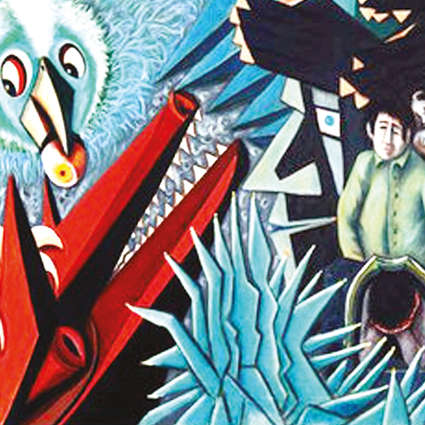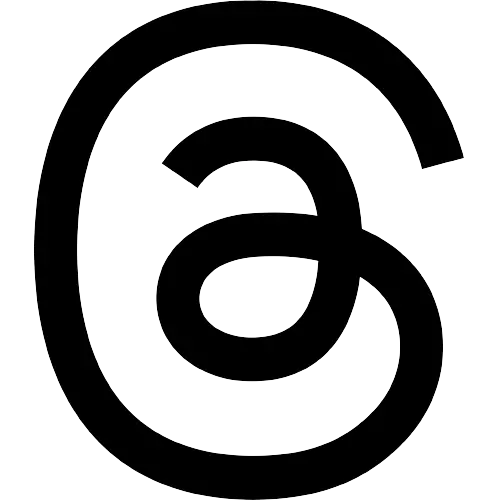Between wars: Revolutionary art marked Beirut’s golden 60s
The exhibition “Beirut and the Golden Sixties: A Manifesto of Fragility,” showing at Berlin’s Gropius Bau museum, brings together hundreds of archival materials and artworks from dozens of artists to reflect on the heyday of the city’s cultural scene.

Between the 1958 Lebanon Crisis and the country’s 15-year civil war that started in 1975, Beirut experienced a period of relative tranquillity in the 1960s. In years that have come to be seen as a moment of excitement and hedonism, the Levantine metropolis was at the peak of its creative output.
The exhibition “Beirut and the Golden Sixties: A Manifesto of Fragility,” showing at Berlin’s Gropius Bau museum, brings together hundreds of archival materials and artworks from dozens of artists to reflect on the heyday of the city’s cultural scene. In a time where coups, revolutions and wars roiled across the Middle East and North Africa, Lebanon was a safe haven for uprooted political dissidents, intellectuals, artists and foreign capital.
Lebanon’s banking secrecy law, under which banks did not declare the names of deposit holders, earned it a reputation as the “Switzerland of the Middle East.” Money flowed into the culture sector, supporting a thriving scene of art, cinema and theater. But there was more to Beirut than casinos, night clubs, neon lights and the glitz of high society, which were always exclusive and exclusionary.
The painters Paul Guiragossian and Rafic Charaf cast their eyes instead on the marginalized inhabitants of Beirut’s slums and Armenian refugee camps, and the impoverishment of the nearby Beqaa Valley.
Neither was Lebanon as stable as it seemed. The US invasion of 1958 to prop up its government revealed how fragile it was, and Israel’s decisive victory in the Six Day War of 1967 pushed a new generation of Palestinian refugees into Lebanon, and with them the Palestinian Liberation Organisation, which would use it as a base of operations. After all, if these were the golden years, how does one explain what followed them? How did sectarian tensions grow so violent they could no longer be contained?
“There must have been something festering beneath the surface,” exhibition curator Sam Bardaouil, who was born in Lebanon, told DW. The artistic output of Beirut in the 1960s is remarkable for its formal diversity. Artists adopted and refashioned techniques and styles taken from local or international sources, often a consciously political act.
A vibrant ecosystem of patrons, galleries and institutions supported the city’s avant-garde, including the Sursock Museum, opened in 1961, which championed abstract painters like Huguette Caland and Aref El Rayess; and the Centre d’Art, which displayed notable international surrealists like Max Ernst and Andre Masson. Artists also drew on rich histories of Sumerian, Mesopotamian or Phoenician art; Islamic calligraphy, architecture and poetry. Here they flowed together, or struck against, Western ideas of abstraction, kinetic art and surrealism. Figures like the writer and multi-disciplinary artist Etel Adnan moved freely between form and medium, ranging from abstract tapestries to accordion-fold books, known as leporellos, which contained painted and written observations. This freedom to mix, reshape or reinterpret, is what defined the cultural moment, said Bardaouil.
“Artists were conscious and very aware of so many sources that they very confidently and freely decided either to associate with, or to borrow from, or to work against,” explained the curator.
This article was provided by Deutsche Welle
Visit news.dtnext.in to explore our interactive epaper!
Download the DT Next app for more exciting features!
Click here for iOS
Click here for Android



